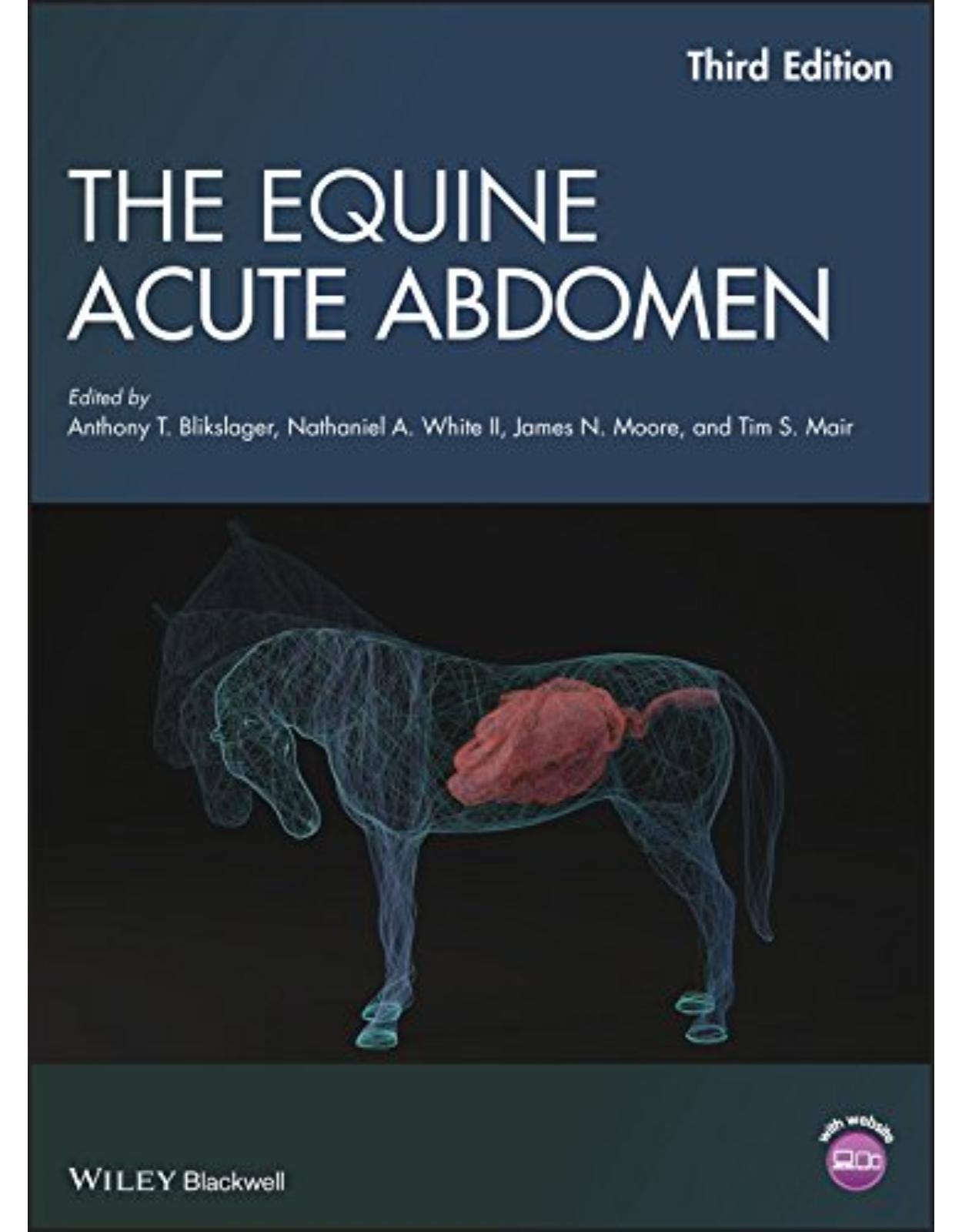
The Equine Acute Abdomen 3e
Livrare gratis la comenzi peste 500 RON. Pentru celelalte comenzi livrarea este 20 RON.
Disponibilitate: La comanda in aproximativ 4 saptamani
Editura: Wiley
Limba: Engleza
Nr. pagini: 904
Coperta: Hardcover
Dimensiuni: 22.1 x 3.56 x 28.45 cm
An aparitie: 9 Oct. 2017
Description:
Written and edited by leading experts on equine digestive diseases, The Equine Acute Abdomen, Third Editionis the preeminent text on diagnosing and treating acute abdominal diseases in horses, donkeys, and mules.
The definitive guide to acute abdominal disorders in equine patients, fully updated and revised to reflect the latest developments in the field
Lavishly illustrated with more than 450 color illustrations, photographs, line drawings, and figures
A companion website features video clips and images from the book available for download
Provides an invaluable resource to equine surgery and internal medicine specialists, researchers, practitioners, and students
Table of Contents:
Part I: Normal Anatomy and Physiology
1 Gross and Microscopic Anatomy of the Equine Gastrointestinal Tract
Introduction
Esophagus
Esophagus–Stomach Junction
Stomach
Small Intestine
Large Intestine
Liver
Spleen
Pancreas
2 Intestinal Epithelial Stem Cells
References
3 Gastric Secretory Function
Stomach Anatomy and Physiology
Gastric Secretory Function
References
4 Small Intestinal Function
Digestive Physiology: Anatomy
Intraluminal Digestion
Absorption of Ions and Water
Carbohydrate Absorption
Protein Absorption
Fat Absorption
Iron Absorption
Calcium and Magnesium Absorption
Intestinal Secretion
Function of the Ileum
References
5 Large Intestine Function
Motility Patterns and Transit of Contents
Microbial Activity and Fermentation
Secretion and Absorption
Acknowledgments
References
6 Liver Function
Bile Acid Metabolism and Excretion of Bile
Protein Metabolism
Carbohydrate Metabolism
Lipid Metabolism
Detoxification and Drug Metabolism
Storage
References
7 The Equine Intestinal Microbiota
Introduction
The “Normal” Intestinal Microbiota
Intestinal Microbiota of Healthy Horses
Intestinal Microbiota and Disease in Horses
Effects of Antimicrobials on the Gut Microbiota
Modification of the Microbiota to Prevent or Treat Disease
Clinical Screening of Equine Fecal Microbiota
Conclusion
References
8 Effects of Feeding on Equine Gastrointestinal Function or Physiology
Introduction
Feeding Grain
Feeding Grass
Replacing Grain with Fat
Feeding Mature Grass and Poor Quality Hay
Feeding Large Meals Intermittently and Fasting
Acknowledgments
References
9 Intestinal Motility and Transit
Physiology of Normal Motility
References
Part II: Pathophysiology of Gastrointestinal Diseases
10 Pathophysiology of Gastric Ulcer Disease
References
11 Pathophysiology of Gastrointestinal Obstruction and Strangulation
Simple Obstruction
Strangulating Obstruction
Intestinal Reparative Mechanisms
References
12 Pathophysiology of Pain
Introduction
Why Does Pain Exist? Is Pain Good or bad?
Manifestations of Abdominal Pain
General Anatomy and Function of the Nociceptive System
Visceral Pain
Sensitization of the Nociceptive System
Central Sensitization
Convergence – Referred Pain
Consequences of Pain
Implications of Pain Physiology for the Principles and Goals of Treatment of Abdominal Pain
Conclusion
References
13 Pathophysiology and Treatment of Postoperative Ileus
Neurogenic Theory
Inflammatory Model
Diagnosis and Treatment of Postoperative Ileus in the Horse
Conclusion
References
14 Pathophysiology, Prevention, and Treatment of Adhesions
Pathophysiology of Intra‐abdominal Adhesions
Prevention and Treatment of Intra‐abdominal Adhesions
Treatment of Intra‐abdominal Adhesions
Adhesion Prevention Strategies
Conclusions
References
15 Pathophysiology of Enteritis and Colitis
Inflammation
Pain
Ileus
Hypermotility
Hypersecretion
Osmotic Diarrhea
Decreased Absorption
Endothelial Dysfunction
Mucosal Barrier Function
Specific Diseases
References
16 Pathophysiology of Systemic Inflammatory Response Syndrome
Introduction
Responses to Pathogen‐Associated Molecular Patterns (PAMPs)
Receptors for Gram‐negative Bacteria and Bacterial Ligands
Receptors for Gram‐positive Bacteria and Bacterial Ligands
Systemic Inflammatory Response Syndrome
Inflammatory Mediators and their Source in the Horse
Summary
References
Part III: Intestinal Parasitism
17 Intestinal Parasitism
Principles of Intestinal Parasitism
Strongylus vulgaris
Cyathostomins
Tapeworms
Parascaris equorum
Other Intestinal Parasites
Prevention
References
Part IV: Epidemiology of Colic
18 Epidemiology of Colic
Introduction
Assessing the Accuracy of Clinical Studies of Colic
Interpreting Results of Colic Risk Factor Studies
Summary
References
19 Epidemiology of Colic
Introduction
Incidence of Colic
Factors that Predispose to Colic
Study of Colic Problems in Individuals and Herds
References
Part V: Diagnosis of Gastrointestinal Disease
20 Diagnostic Approach to Colic
Introduction
Signalment
History
Physical Examination
Hematology, Blood Gas, and Serum Biochemistry
References
21 Investigations of Chronic and Recurrent Colic
References
22 Alternative Diagnostic Techniques
Fecal Examination
Transit Time
Exploratory Laparotomy
Endoscopy
Laparoscopy
References
23 Imaging of the Abdomen
Ultrasonography
Radiography
References
24 Decision for Surgery and Referral
References
25 Prognosticating Equine Colic
Prognosis for Survival
Prognosis for Specific Intestinal Diseases
Prognosis for Use
References
26 Biosecurity in the Management of Equine Gastrointestinal Disease
Biosecurity
Identifying Patients of Concern
Management Protocols
Specific Conditions
Nonspecific Conditions
References
Part VI: Medical Management
27 Medical Management of Gastrointestinal Diseases
Analgesia
Choice of Analgesics in Colic
Treatment of Intestinal Spasm and Spasmodic Colic
Treatment of Obstruction
Treatment of Ileus
References
28 Treatment of Shock
Support of the Cardiovascular System
Fluid Therapy
References
29 Diagnosis and Treatment of Peritonitis and Hemoperitoneum
Pathophysiology
Peritonitis
Hemoperitoneum
References
30 Diagnosis of Enteritis and Colitis in the Horse
Diagnosis
Treatment
References
Part VII: Colic in the Foal
31 Diagnosis of Colic in the Foal
Signalment and History
Physical Examination
Ancillary Examination Techniques
References
32 Imaging of the Foal with Colic and Abdominal Distention
Abdominal Radiography
Ultrasonography
References
33 Medical Management of Colic in the Foal
References
34 Surgical Management of Colic in the Foal
Introduction
Indications for Emergency Abdominal Exploration in the Foal
Techniques for Exploratory Laparotomy in the Foal
Prognosis Following Colic Surgery in Foals
References
35 Anesthesia of Foals with Colic
Introduction
Specific Considerations
Anesthetic Management
Conclusion
References
36 Specific Diseases of the Foal
Stomach
Small Intestine
Large Intestine
Urinary Tract
Hernia
References
37 Liver Diseases in Foals
Portosystemic Shunts
Tyzzer Disease and Other Infectious Causes of Liver Disease
Equine Herpesvirus‐1 Hepatitis
Liver Failure in Foals After Neonatal Isoerythrolysis
Umbilical Vein Abscess Affecting the Liver
Portal Vein Thrombosis
Hyperammonemia Syndrome in Morgan Foals
Bile Duct Obstruction
Toxic Hepatopathy
References
Part VIII: Colic in the Donkey
38 Colic in the Donkey
Introduction
Anatomy of the Gastrointestinal Tract
Physiology of the Donkey
Epidemiology and Risk Factors
Behavioral Indicators of Colic in the Donkey
Clinical Examination
Pharmacology
The Role of Parasites
Disorders of the Stomach and Small Intestine
Disorders of the Cecum, Colon, and Rectum
Colic Due to Abdominal Neoplasia and Other Abdominal Organs
Colic in the Overseas Working Donkey
References
Part IX: Nutritional Management
39 Nutritional Management of the Colic Patient
Nutrition and Feeding Management as It Relates to Colic Development and Prevention
Feeding Management of the Colic Patient
Estimating Nutrient Requirements
Modes of Nutritional Therapy
Feeding Management of Specific Gastrointestinal Conditions
Conclusion
References
Part X: Anesthesia for Abdominal Surgery
40 Anesthesia for Horses with Colic
Preanesthetic Assessment
Anesthetic Agents
Preparation for Anesthesia
Induction of Anesthesia
Maintenance of Anesthesia
Monitoring During Anesthesia
Management of Abnormalities
Recovery from Anesthesia
Conclusion
References
Part XI: Surgery for Acute Abdominal Disease
41 Preparation of the Patient for Abdominal Surgery
Patient Preparation and Positioning
Preparation of the Surgical Field
Skin Cleaning and Disinfection
Draping
Common Pitfalls When Preparing the Surgical Field
References
42 Surgical Exploration and Manipulation
Ventral Midline Celiotomy
Ventral Paramedian Celiotomy
Comparisons of the Ventral Median and the Ventral Paramedian Approaches
Ventral Median Celiotomy in Foals
Inguinal and Parainguinal Celiotomy
Flank Laparotomy
Abdominal Exploration
Examination and Handling of the Small Intestine
Examination and Handling of the Large Intestine
Special Circumstances
Intestinal Placement
References
43 Intestinal Viability
Small Intestine
Large Colon and Cecum
Small Colon
References
44 Small Intestinal Resection and Anastomosis
Extent of Resection
Decompression
Ligation of Mesenteric Vessels
Suture Material for Anastomosis
Jejunojejunostomy
Jejunoileostomy
Ileoileostomy
Jejunocecostomy
Comparisons of Anastomosis Types
References
45 Large Colon Enterotomy, Resection, and Anastomosis
Large Colon Enterotomy
Large Colon Resection
References
46 Abdominal Closure
Peritoneum
Closure of the Body Wall
Conclusion
References
Part XII: Intensive Care and Postoperative Care
47 Monitoring Treatment for Abdominal Disease
Frequency of Examinations
Physical Examinations
Pain
Cardiovascular Status
Fever
Inflammatory Markers
Respiratory Rate
Gastrointestinal Function
Urine Production
Laminitis
Thrombophlebitis
Monitoring Clinical Pathology Parameters
Fluid Balance
Renal Function
Electrolyte Balance
Acid–Base Balance
References
48 Postoperative Complications
Postoperative Pain
Postoperative Ileus (POI)
Incisional Complications
Postoperative Fever
Septic Peritonitis
Coagulopathy and Associated Complications
References
49 Laminitis Associated with Acute Abdominal Disease
Pathogenesis: Physiologic Considerations
Pathogenesis: Structural Considerations of the Equine Digit
Laminitis in the Acute Abdomen Patient: Clinical Presentation and Treatment
Prognosis
References
Part XIII: Specific Diseases of Horses
50 Diseases of the Stomach
Gastric Ulcer Syndromes
Gastric Impaction
Gastric Dilation
Polypous Adenoma
Neoplasia
References
51 Diseases of the Liver and Liver Failure
Causes of Liver Disease
Diagnosis of Liver Disease
Hepatic Encephalopathy
Primary Hyperammonemia
Hyperlipemia and Hepatic Lipidosis
Theiler Disease (Serum Hepatitis)
Other Causes of Acute Hepatic Disease and Failure in Adult Horses
Pyrrolizidine Alkaloid Intoxication
Cholangiohepatitis and Choledocholithiasis
Etiopathogenesis
Other Biliary Conditions
Chronic Active Hepatitis
Klein Grass (Panicium coloratum) Toxicity
Alsike Clover Toxicity
Hepatic Neoplasia
Hepatic Amyloidosis
Iron Overload, Hemochromatosis
Right Hepatic Lobe Atrophy
References
52 Diseases of the Small Intestine
Introduction
Strangulating Lesions
Nonstrangulating Obstructions
Inflammatory and Infiltrative Disease
References
53 Diseases of the Cecum
Cecal Tympany
Cecal Impaction
Cecocecal and Cecocolic Intussusception
References
54 Specific Diseases of the Ascending Colon
Large Colon Tympany
Large Colon Impaction
Sand Impaction
Enterolithiasis
Large Colon Displacement
Large Colon Volvulus
Right Dorsal Colitis
Mural Infarction (Thromboembolic Colic)
Other Strangulating Lesions of the Large Colon
References
55 Diseases of the Descending Colon
Introduction
Surgical Considerations Affected by Anatomic Features of the Descending colon
Obstructive Lesions
Vascular and Strangulating Lesions
References
56 Equine Grass Sickness
Introduction
Epidemiology
Pathogenesis and Pathology
Clinical Signs
Treatment
Prevention
References
57 Rectal Tears
Anatomy
Etiology and Prevention
Location and Classification of Rectal Tears
Clinical Signs and Diagnosis
Emergency Management
Medical Management
Surgical Management
Postoperative Management
References
58 Malabsorption Syndromes
Causes of Malabsorption Syndrome
Clinical Signs
Diagnosis
Treatment
References
59 Colic and Pregnant Mares
Colic During Pregnancy
Colic After Pregnancy
References
60 Colic from Alternative Systems: “False Colics”
Pain Associated with the Female Reproductive Tract
Pain Associated with the Male Reproductive Tract
Pain Associated with the Urinary Tract
Liver Diseases
The Pancreas
The Spleen
Pain Associated with the Respiratory Tract
Pain Associated with Cardiovascular Disease
Pain Associated with the Musculoskeletal System
References
61 Abdominal Trauma
Diagnostic Approach
Treatment
References
62 Abdominal Abscesses and Neoplasia
Introduction
Abdominal Abscessation
Abdominal Neoplasia
References
Index
End User License Agreement
| An aparitie | 9 Oct. 2017 |
| Autor | Anthony T. Blikslager, Nathaniel A. White II , James N. Moore , Tim S. Mair |
| Dimensiuni | 22.1 x 3.56 x 28.45 cm |
| Editura | Wiley |
| Format | Hardcover |
| ISBN | 9781119063216 |
| Limba | Engleza |
| Nr pag | 904 |

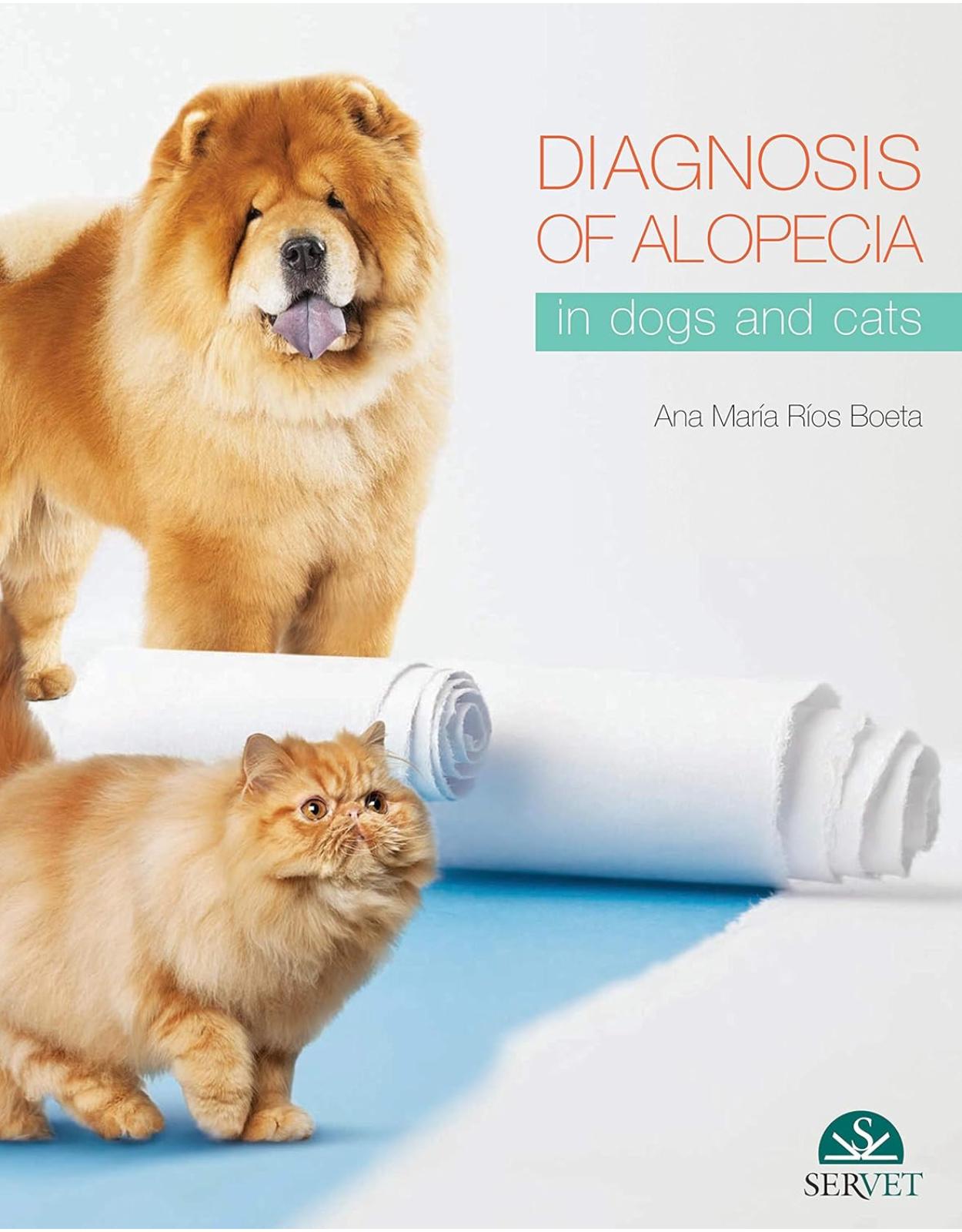
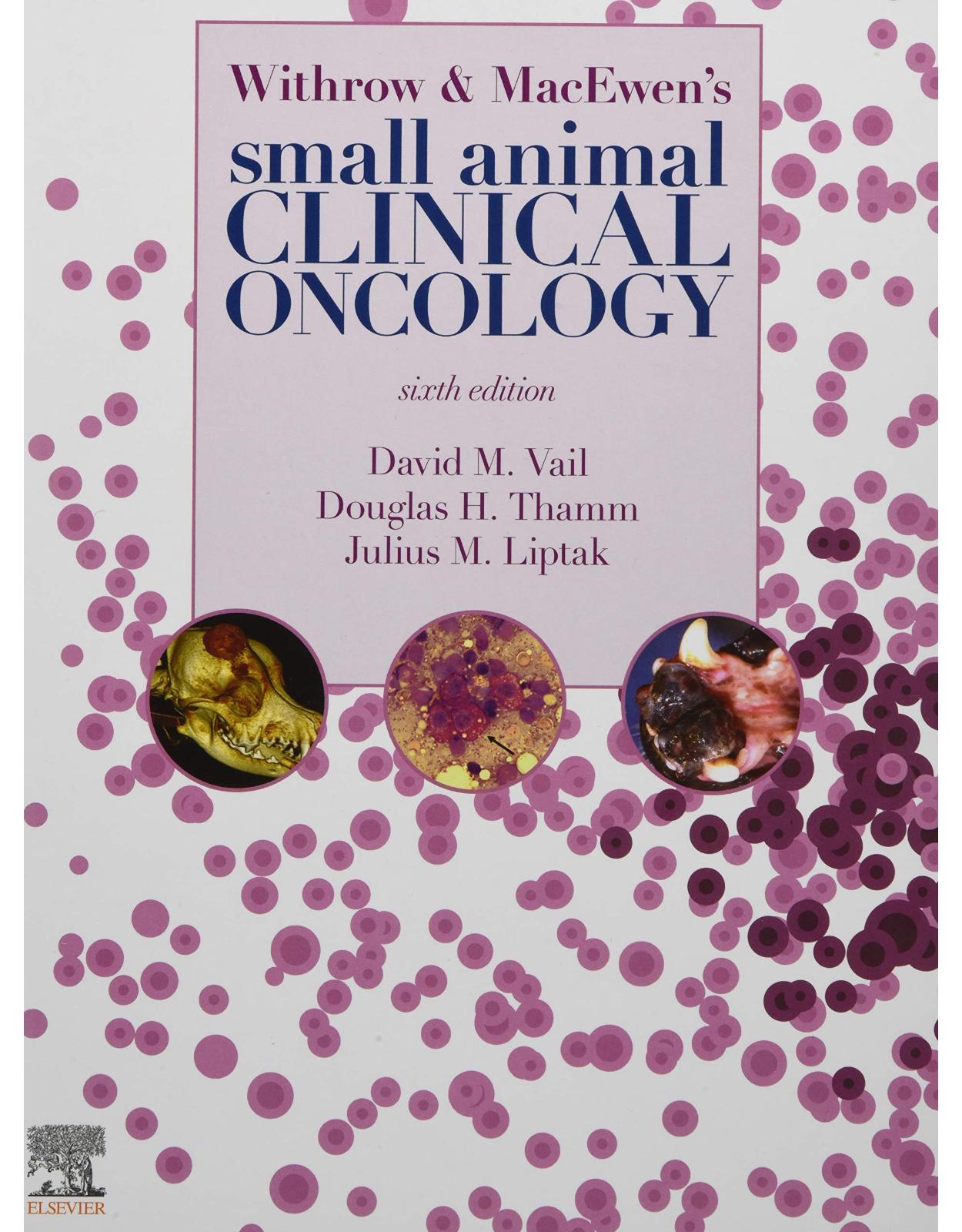
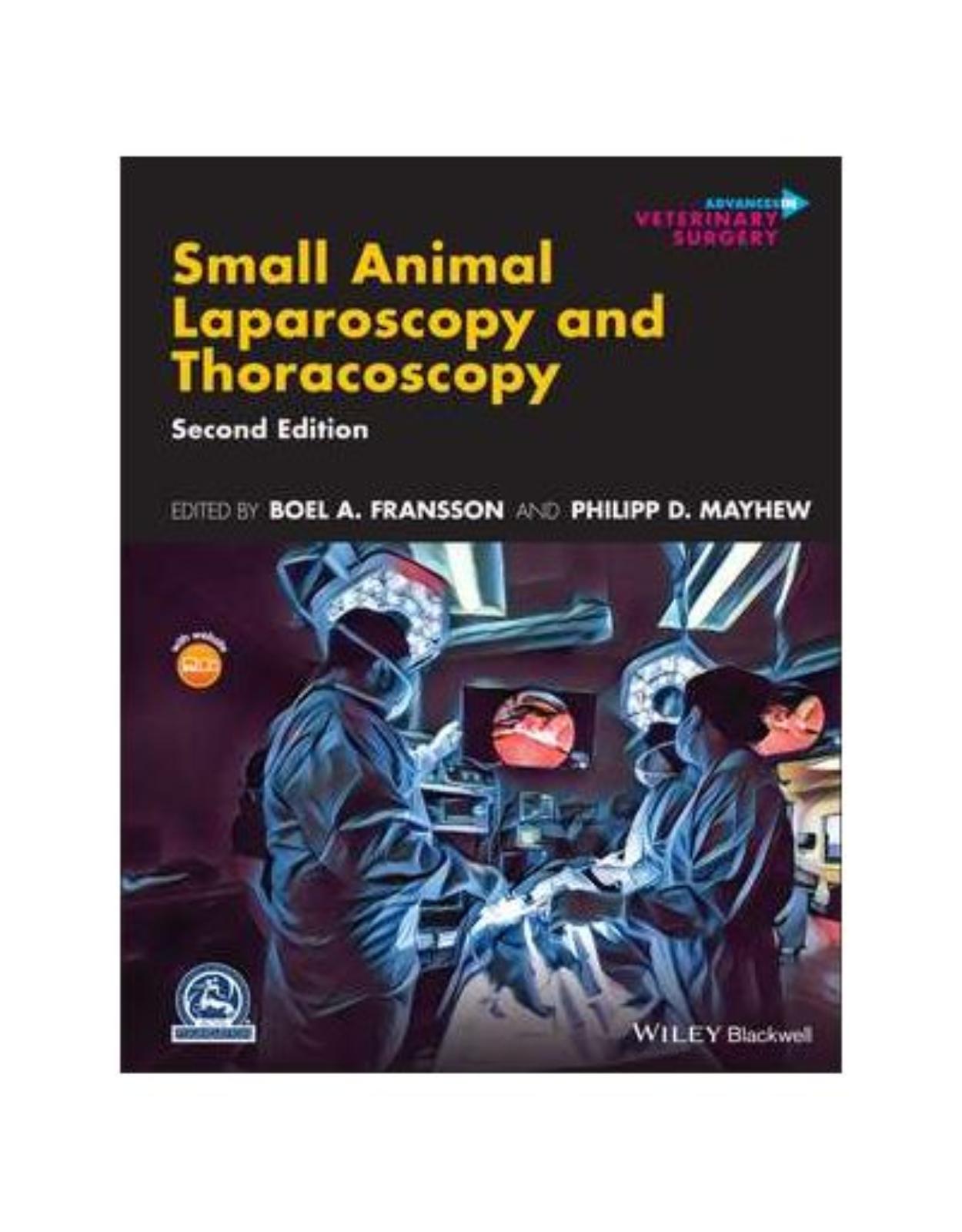
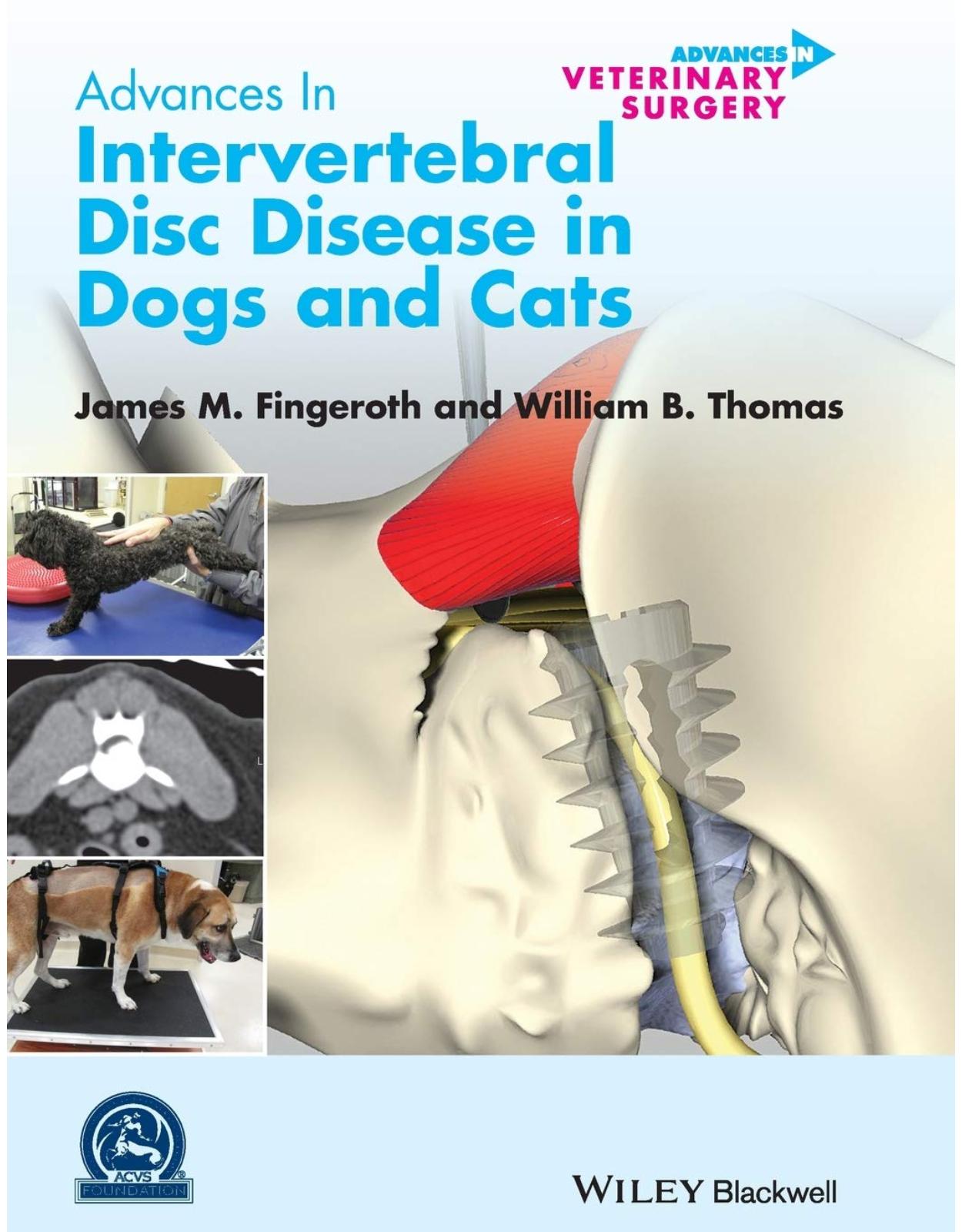
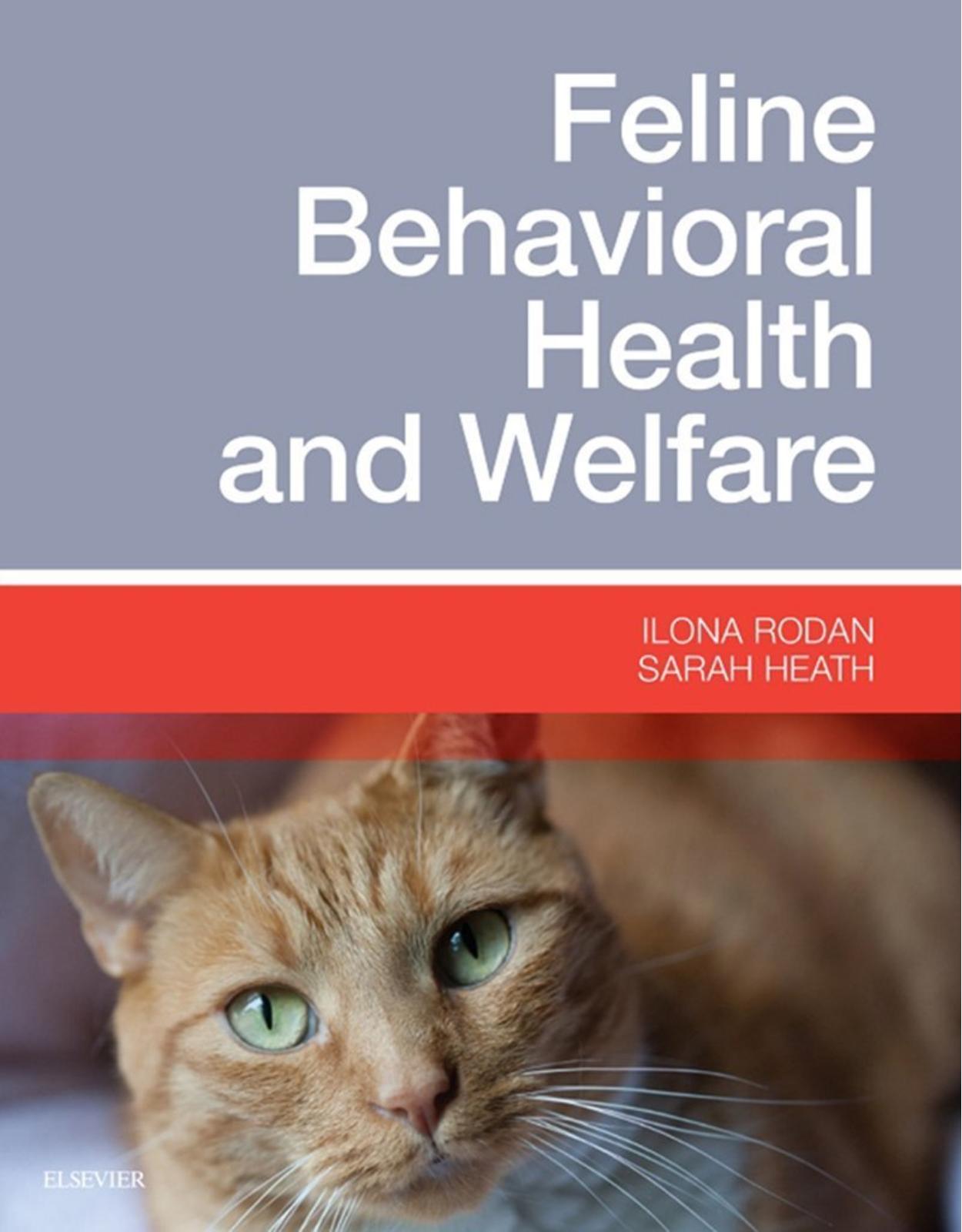
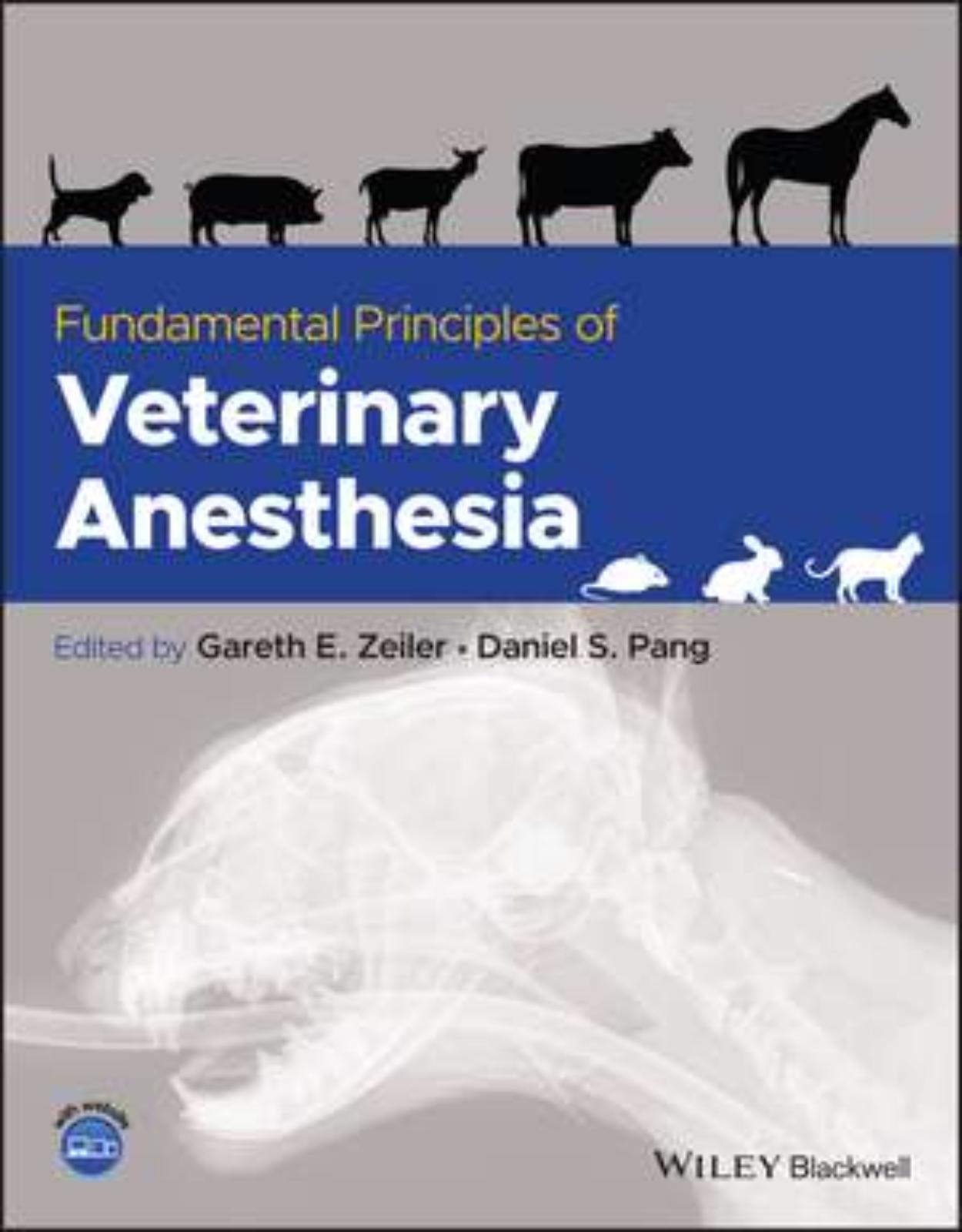
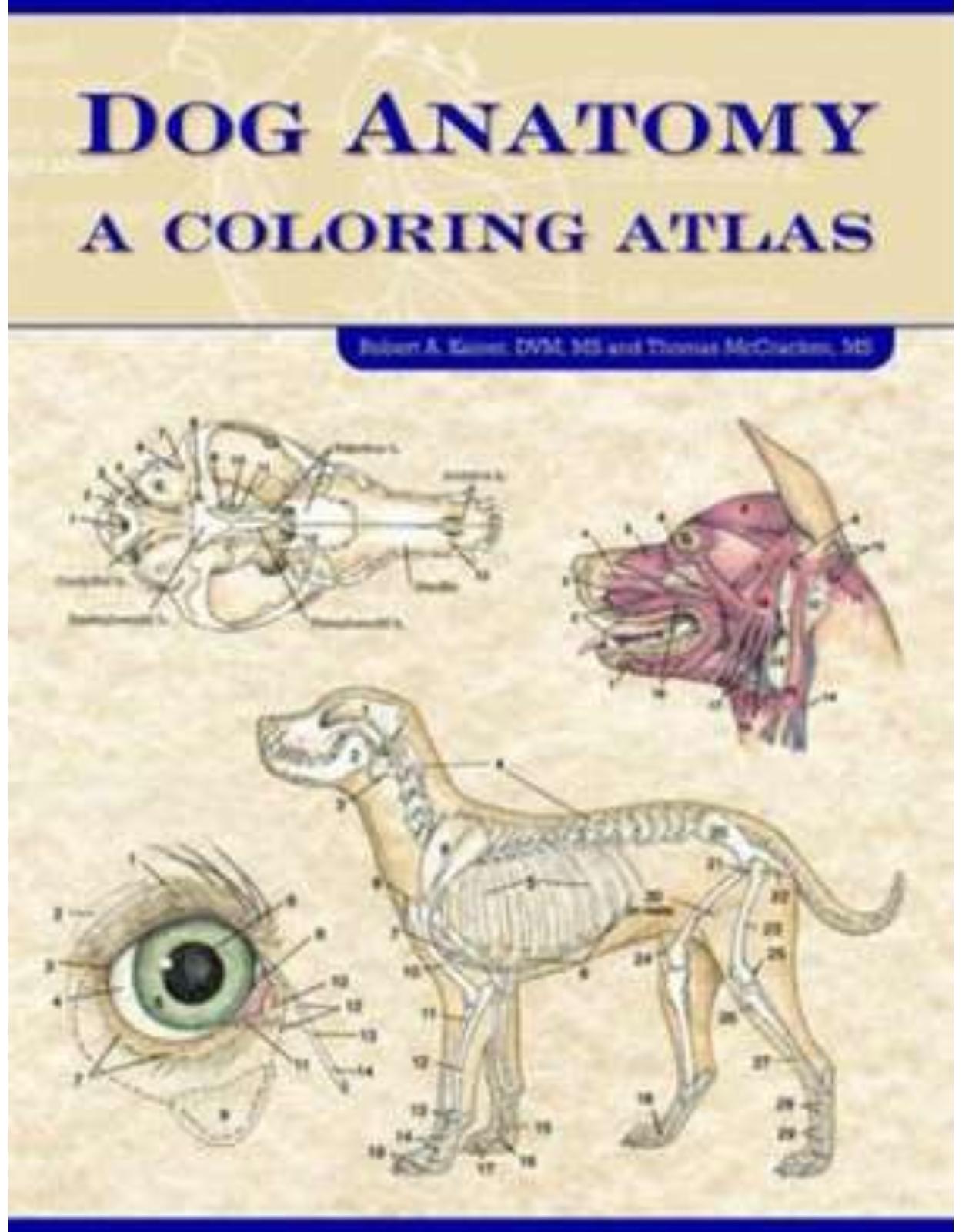
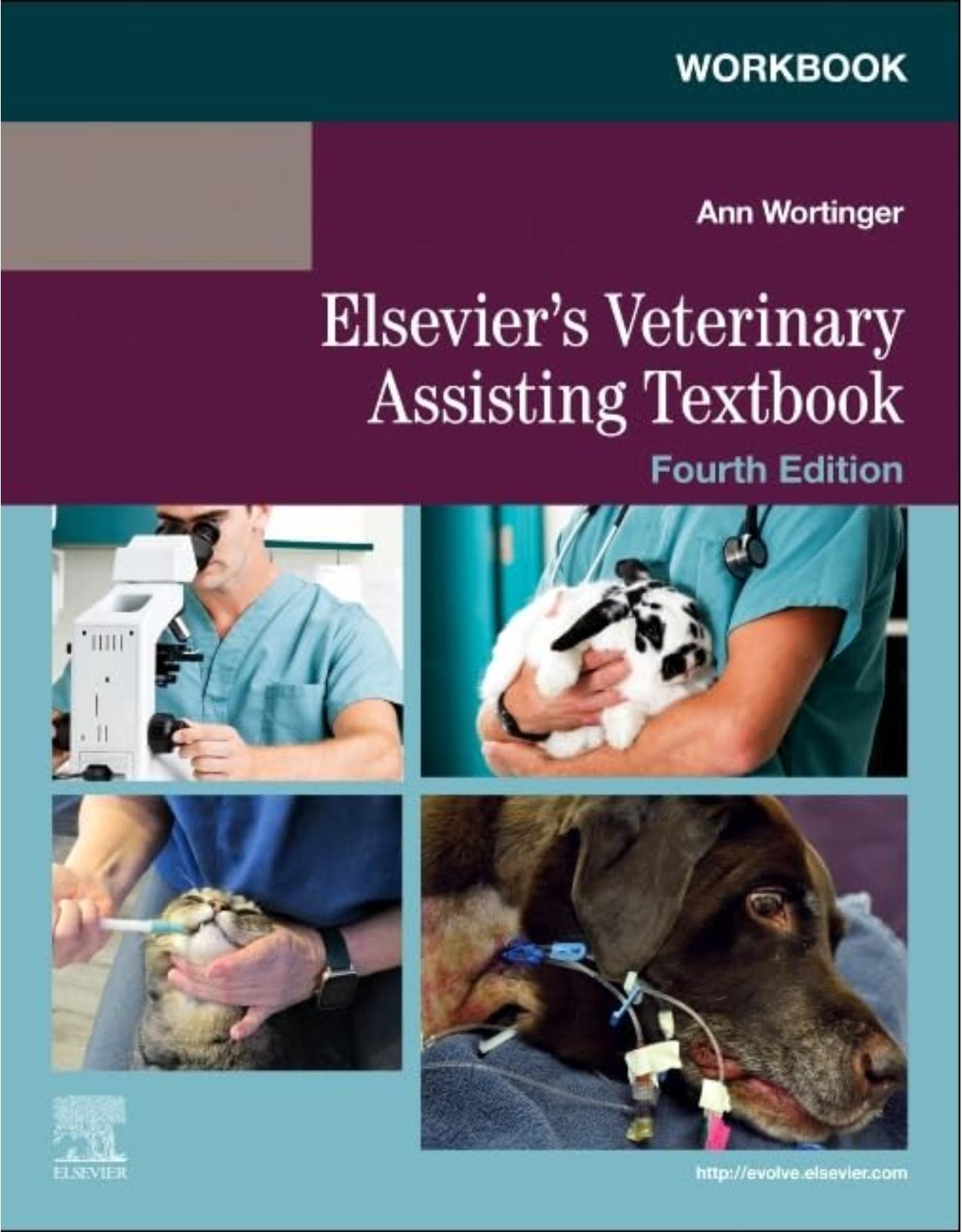
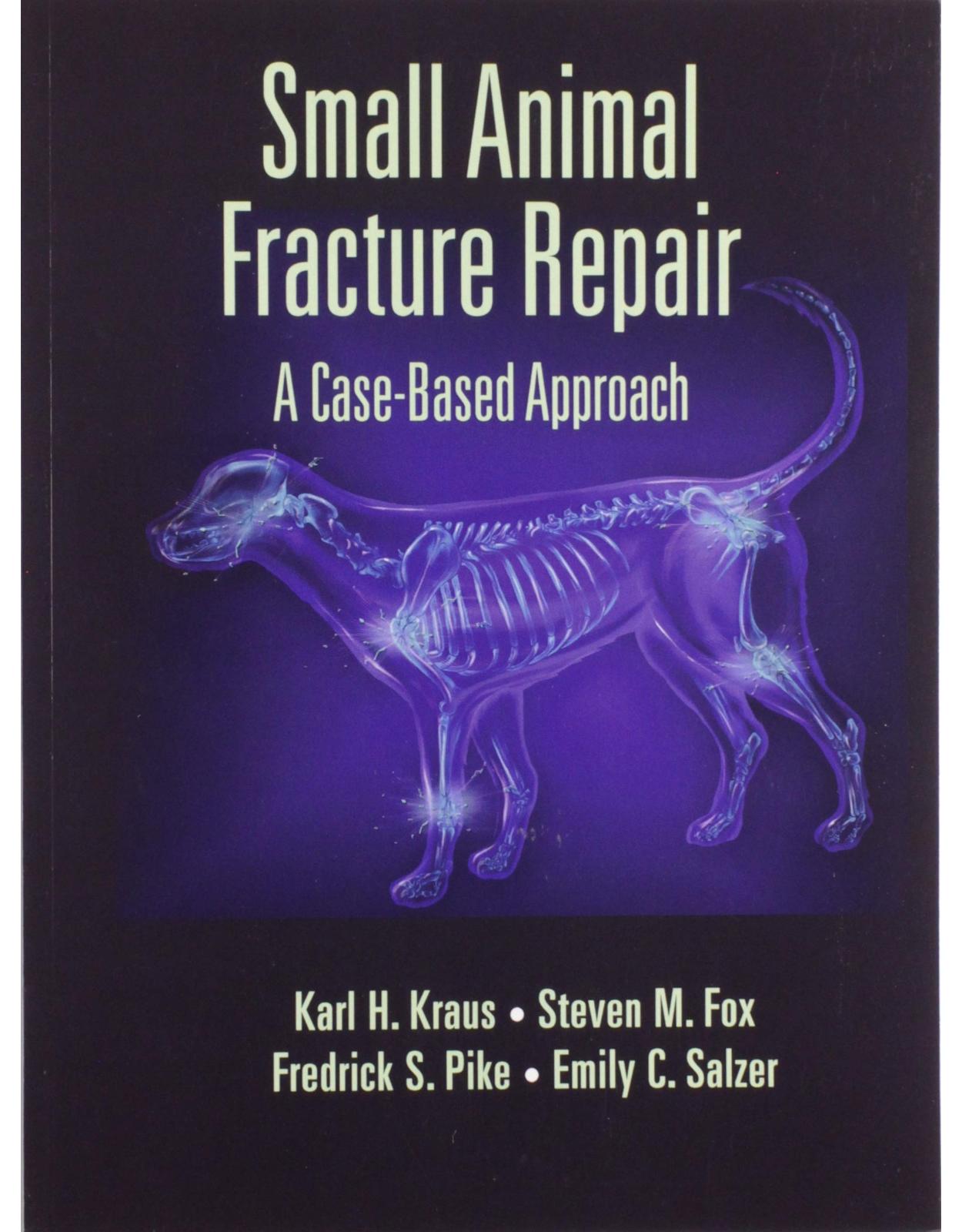
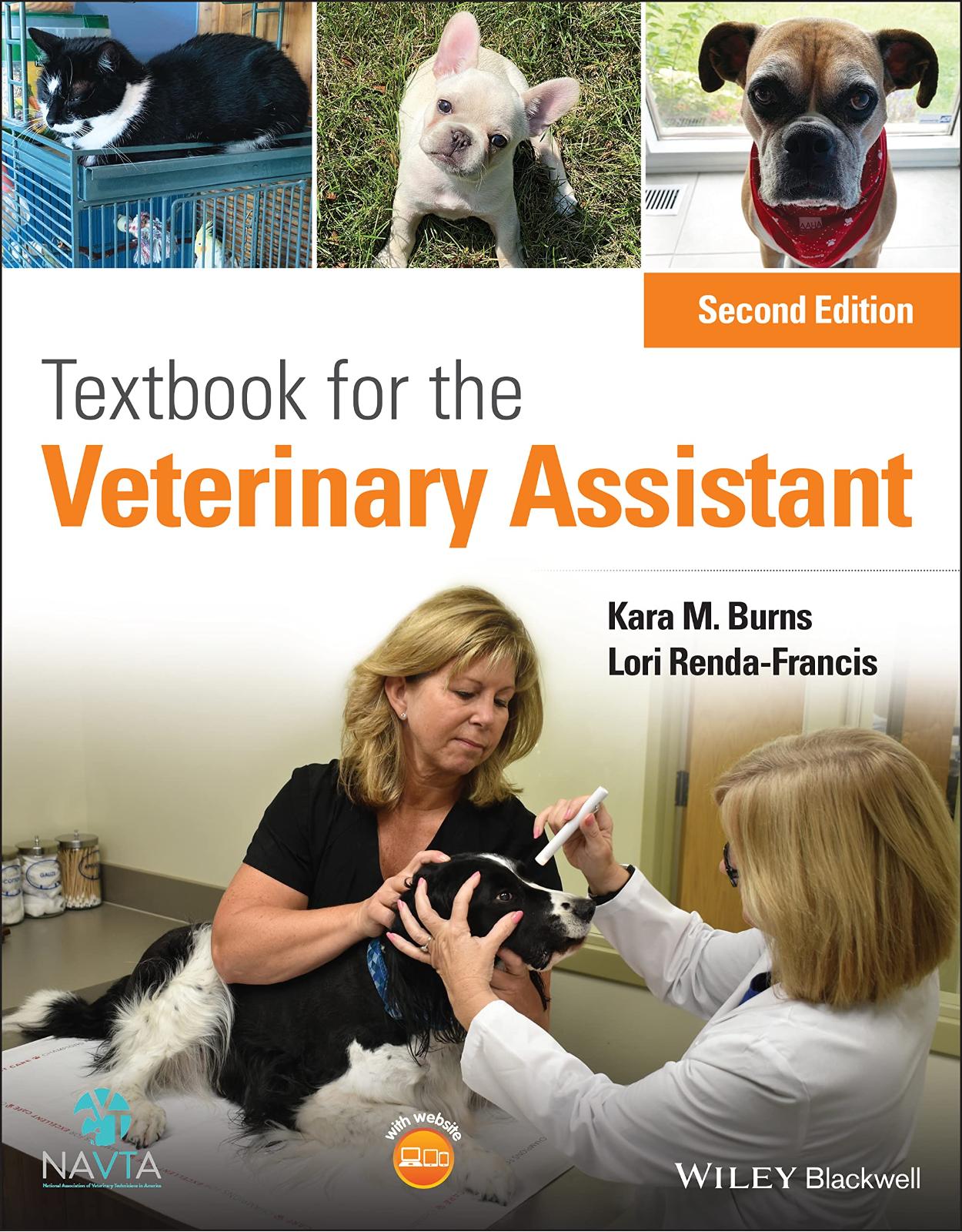


Clientii ebookshop.ro nu au adaugat inca opinii pentru acest produs. Fii primul care adauga o parere, folosind formularul de mai jos.